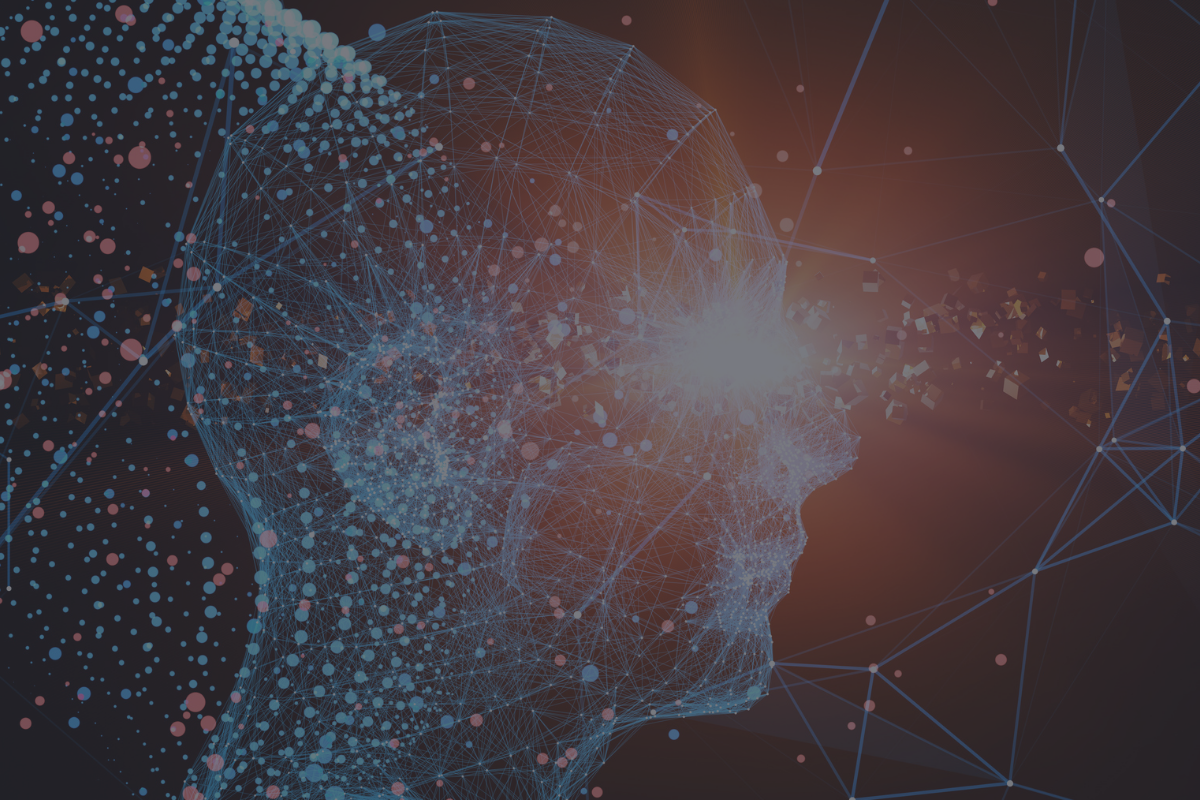The term “Microdosing” has gained significant popularity in recent years, with numerous studies suggesting its potential benefits. However, the origins of the idea to take a small dose of a psychedelic remain unclear. There are varying theories regarding this practice, but one thing is clear: the long-standing relationship between humans and psychedelics is well-documented and generally recognized by scholars.
Going Back in Time with Microdosing


The Low Dose
The “low dose” is believed to have been used for a range of practical purposes. For instance, in 1970, a low dose of psilocybin was shown to enhance visual function. Psychologist Roland Fischer suggests that this improvement may have helped our ancestors rise higher in the food chain. For more information on the cultural history, check out the article on The History of Hallucinogens.
Pioneering with Albert Hofmann
During the 1950s, the effects of LSD, a synthetic psychedelic discovered by Swiss chemist Albert Hofmann in 1938, were the subject of numerous research studies. The substance proved to be highly effective in treating addiction and depression. One thing we know about Albert Hofmann is that, for many years, he took small doses of LSD while going for walks or during moments of silence and reflection. According to Hofmann, this practice helped him connect with both himself and nature. Albert Hofmann lived to be 102 years old and continued experimenting with small doses until his passing.


Dr James Fadiman Phd.


Fadiman, as a true pioneer, was one of the first to gather thousands of reports from people who began using his protocol. Many of these reports indicated that taking a microdose had a profoundly positive effect on overall well-being. Participants reported significant improvements in how they felt, with clear links between microdosing and the alleviation of migraines, cluster headaches, various hormonal issues, and anxiety disorders such as PTSD. After numerous observations and several case studies, Fadiman concluded that microdosing helps the brain process information more efficiently. These new neurological connections could be the underlying cause of the numerous beneficial behavioral changes experienced by many participants during a microdosing cycle.
Paul Stamets
Another well-known figure in the world of microdosing is mycologist and psilocybin enthusiast Paul Stamets. Stamets is famous for creating the “Stamets Stack,” a method designed to stimulate neurogenesis. Stacking involves combining multiple natural supplements and vitamins with a microdose of psilocybin. Stamets has devoted his life to preserving the habitats of valuable mushrooms and promoting the global adoption of his nootropic combination. To learn more, check out the article on Microdosing Stacking Methods.
Catching up with Science
In the early 1950s to late 1960s, various psychedelics were used in clinical research. This came to an abrupt halt with the proclamation of the “War on Drugs.” The widespread rise and use of hallucinogenic substances by the infamous “hippie movement” threatened governmental interests during the Vietnam War. As a result of the total ban, numerous studies were suspended, and funding for psychedelic research was cut off. This caused a massive backlog and led to the exclusion of thousands of years of cultural and historical knowledge, as well as the ritual use of psychedelics within certain indigenous communities.
Taking psychedelics remains illegal in most countries, where they are listed as prohibited substances and cannot be distributed or consumed. However, this has not stopped scientific exploration in this promising field. In recent years, there has been a growing interest in psychedelics, and several are once again being studied. While not all aspects of microdosing have been fully explored, many scientific studies demonstrate its potential benefits. The results are very promising, and with the right approach, we foresee a possible future for the use of psychedelics in mental health care.


Microdosing for Everyone
Today, microdosing is gaining recognition worldwide, and we are witnessing a growing number of people adopting various “self-help” methods in combination with microdosing. There is currently a great deal of attention on the benefits of psilocybin, with many studies highlighting its significant positive effects on individuals’ well-being. Even within European culture, its adoption seems irreversible, and in recent years, microdosing has become increasingly popular. Improved concentration, enhanced learning and work performance, increased physical energy, better mood, problem-solving abilities, increased creativity, heightened productivity, and improved sensory perception are just a few of the impressive benefits. Usage is no longer confined to pioneers, biohackers, and experienced users. People from all walks of life are beginning to incorporate it to enhance creativity, mental health, and overall well-being.
Sources
- https://www.jamesfadiman.com
- https://sites.google.com/view/microdosingpsychedelics/home
- https://www.nationalgeographic.com/science/article/can-microdosing-psychedelics-boost-mental-health-heres-what-the-evidence-shows
- https://microdosinginstitute.com
- https://thethirdwave.co/microdosing/
- www.gaia.com/psychedelica/
- http://maps.org/research/
- https://hopkinspsychedelic.org











